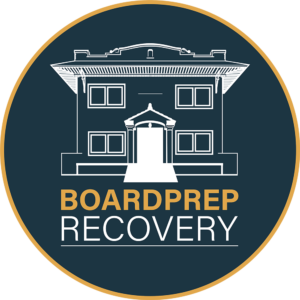How to Identify and Help a Health Care Professional with a Substance Use Disorder – PART TWO
[Note to Reader: This post is “Part Two” of a 2-part blog-post. “Part One” is stored in the blog archives, and is recommended reading prior to this post.]
If you’re a doctor or you’ve been a part of the healthcare field working alongside doctors, nurse practitioners or other health professionals who have access to controlled substances, you know prescribing and dispensing medication is an important part of the job. However, at some point, you may have observed behaviors or incidents that led you to speculate a colleague or co-worker is or has been inappropriately using and/or diverting prescription drugs.
In such an instance, what do you do? What is your responsibility? And ultimately, how can you help?
To start with, it would be good to recognize substance use disorders affect all strata of society, doctors included. According to Edward Jouney, D.O., an addiction psychiatrist with the University of Michigan’s Addiction Treatment Services, “Many health professionals face increased stress, due to recurring critical decisions, a fast-paced work environment and the 24/7 nature of healthcare delivery. They are a vulnerable population and we need to be aware of this. Health professionals experience the same amount of depression and anxiety as the general population, and during certain high-stress periods they are at particularly high risk for increased mental health symptoms.”[1]
That being said, per the U.S. Department of Justice and the DEA, “You have a legal and ethical responsibility to uphold the law and to help protect society from drug abuse. You have a professional responsibility to prescribe and dispense controlled substances appropriately, guarding against abuse while ensuring that patients have medication available when they need it. You have a personal responsibility to protect your practice from becoming an easy target for drug diversion.”[2]
In practical terms, it’s recommended that you rise above any fear of speaking out or reluctance to “get involved” (remaining silent or “looking the other way” makes you an enabler), and instead demonstrate your concern.
“By becoming involved,” observes DOJ and DEA officials, “you cannot only help someone who may be doing something illegal, but more importantly, your action could positively affect the safety and welfare of your (possibly) addicted employee or coworker and those patients or the public who may come in contact with him or her.”[3]
According to addiction specialists, addiction is a progressive illness, so the earlier it can be identified and treated, the greater likelihood for successful recovery.
Wendy S. Yallop, LMSW, a clinical social worker, says, “Just as with other diseases, if addictions are left untreated the problem tends to get worse. With (treatment) programs, we’re trying to help people get back to work so they can meet their full potential.”[4]
For many, just being spoken to about what has been observed can be enough encouragement to help them change. Others, though, may be struggling with a more severe substance use disorder and need more significant help. Sometimes contemplating the loss of one’s job or license to practice can prove to be what’s needed for one to either quit on their own or seek help.
The “good news” is treatment and recovery can be found by all who seek it. As has been stated by DOJ and DEA representatives, “Drug addicts can recover and effective help is available. Encourage your co-worker or employee to seek drug treatment assistance. A number of state licensing boards, employee assistance programs, state diversion programs and peer assistance organizations will refer individuals and their families to appropriate counseling and treatment services. These services will maintain the confidentiality of those seeking assistance to the greatest extent possible.”[5]
And as Ms. Yallop insightfully concludes, getting help can turn the tide and begin restoring one’s quality of life more rapidly than might be imagined. “The problem doesn’t have to be devastating before you feel better. Once treatment begins, positive changes occur quickly. Therefore, it’s much better to get help early on. We encourage any health professional who is concerned to reach out and get a confidential assessment. This can help them make an informed decision about their options.”[6]
[2] https://www.deadiversion.usdoj.gov/pubs/brochures/drug_hc.htm
[3] Ibid.
[5] https://www.deadiversion.usdoj.gov/pubs/brochures/drug_hc.htm







